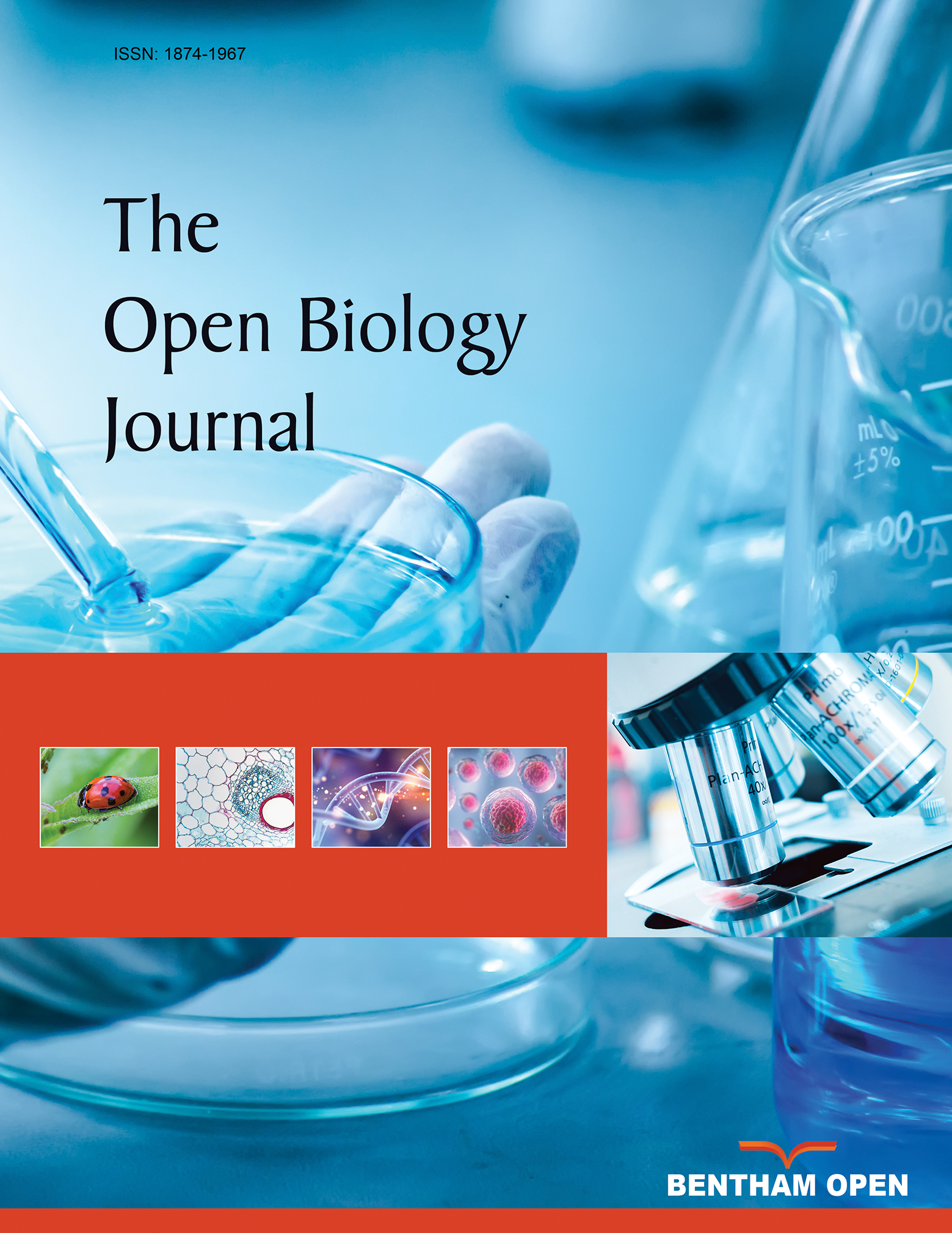All published articles of this journal are available on ScienceDirect.
Cell Death: A One-Way Journey to the Graveyard
Abstract
Tissue homeostasis is ensured by the correct balance between cell proliferation and death, the latter mainly occurring through a multi-step program, named apoptosis, which ultimately leads to the breakdown of cellular DNA and proteins. Apoptosis is activated under physiological developmental conditions, during metamorphosis and atrophy of tissues and organs, sexual differentiation and cell turnover, and can also be triggered by various external stimuli, including DNA damage, growth factor deprivation and metabolic stress. The main features of apoptosis will be described in detail. Although apoptosis is recognised as the main type of programmed cell death, cells may die by alternative mechanisms, e.g. autophagy and necrosis. Their properties will be discussed in this review.


